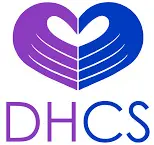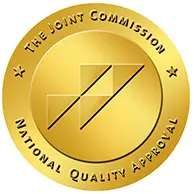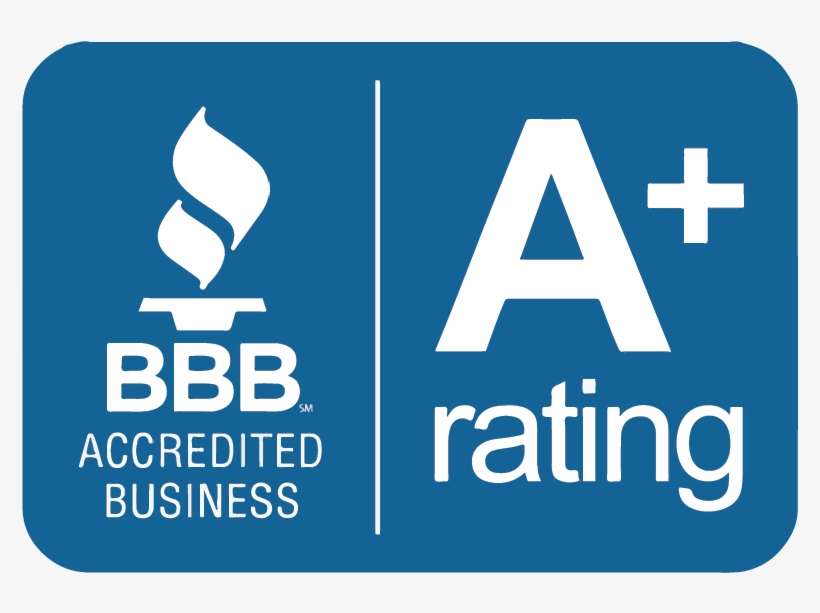Dialectical Behavior
Therapy in Costa Mesa
Orange County Luxury Residential Mental Health Facilities
Acera Health is a leading mental and behavioral health treatment facility in Orange County, Southern California. Our experienced clinical team uses a variety of tactics, including dialectical behavior therapy to address mental health conditions and initiate successful recovery.
From comprehensive residential treatment to effective outpatient programs, Acera Health helps patients battle complex problems by setting up a personalized course of treatment. Getting professional assistance is a major step toward leading a fulfilling life.
What Is Dialectical Behavior Therapy?
Dialectical behavior therapy or DBT is a type of behavior therapy designed to help people who experience intense emotions. DBT attempts to give a person insights into their thought patterns so that they can understand their decision-making process. By learning how to change their approach to thinking about a certain problem or event, patients learn how to control emotions and change their behavior.
Benefits of Our Dialectical Behavior Therapy Program
One of the key DBT applications is the treatment of borderline personality disorder and addressing suicidal behavior in adolescents. However, therapists also use it to help patients with other mental health conditions.
Dialectical behavior therapy can work well on its own or in combination with other treatment options, such as CBT, group therapy, and medication. Implementation of DBT depends on the patient’s personal needs, co-existing conditions, responsiveness to previous treatment, and more.
Southern California is a perfect place for mental health treatment and recovery thanks to its mild climate. By choosing the right facility, a patient dives into a relaxing atmosphere that supports their willingness to heal.
For people who struggle with mental health issues, seeking medical assistance can be complicated. The stigma that surrounds mental health can play a major role. At Acera Health, we nurture a treatment center that accepts everyone for who they are.
Conditions Dialectical Behavior Therapy Can Treat
Autism
How Does DBT Work?
Dialectical in DBT means two opposing elements being true simultaneously. It focuses on helping a person accept the reality of their condition and learn how to adjust to it without decreasing the quality of life. This evidence-based treatment is effective at building tolerance skills and healthy outlets to express emotions.
DBT is a set of techniques that help patients gain valuable skills to deal with their condition, negative emotions, and distressing thoughts. These skills can play a major role in treating a variety of mental health conditions and achieving a successful recovery.
The four elements of dialectical behavioral therapy are:
This technique allows a person to focus on living in the present moment instead of worrying about the future, anticipating problems, or going back to the traumatic past. Since no one can predict the future, and the past is already gone, patients understand that they have control over the present moment and learn how to think positively. Mindfulness skills are one of the cornerstones for mental health.
Patients learn how to manage and mitigate intense emotions that cause negative thinking and behavioral issues. After analyzing and understanding the reasons behind emotions, they acquire specific skills that help with emotional regulation.
This element focuses on social relationships, helps patients analyze another person’s needs, and learn how to say “no.” Essentially, this is a boundary-setting technique that also teaches patients not to assume things about other people’s thoughts and feelings.
Patients learn how to cope with the problem especially when they can’t do anything to change it. This improves their capacity to withstand negativity and deal with intense emotions.
See How Others Have Found Their Healing
We mean it when we say we’re committed to your healing. But don’t just take it from us. See what others who’ve gone through our treatment center have said:
Find Healing with Dialectical Behavior Therapy in Orange County
Dialectical behavior therapy is just one of the treatment options for patients with mental health disorders. Regardless of the condition, it’s possible to come up with an effective therapy combination. For many people struggling with mental health issues, effective treatment is essential for long-term recovery.
At Acera Health, our team of experienced clinicians is ready to assist patients on their journey towards recovery. Our trained neurofeedback therapists have demonstrated experience in treating patients with co-occurring mental health disorders. By fully utilizing Neurofeedback therapy in conjunction with other treatments, it is possible to manage mental health conditions effectively and enhance overall quality of life.
Contact us today to discover more about our program and how we can support you.







